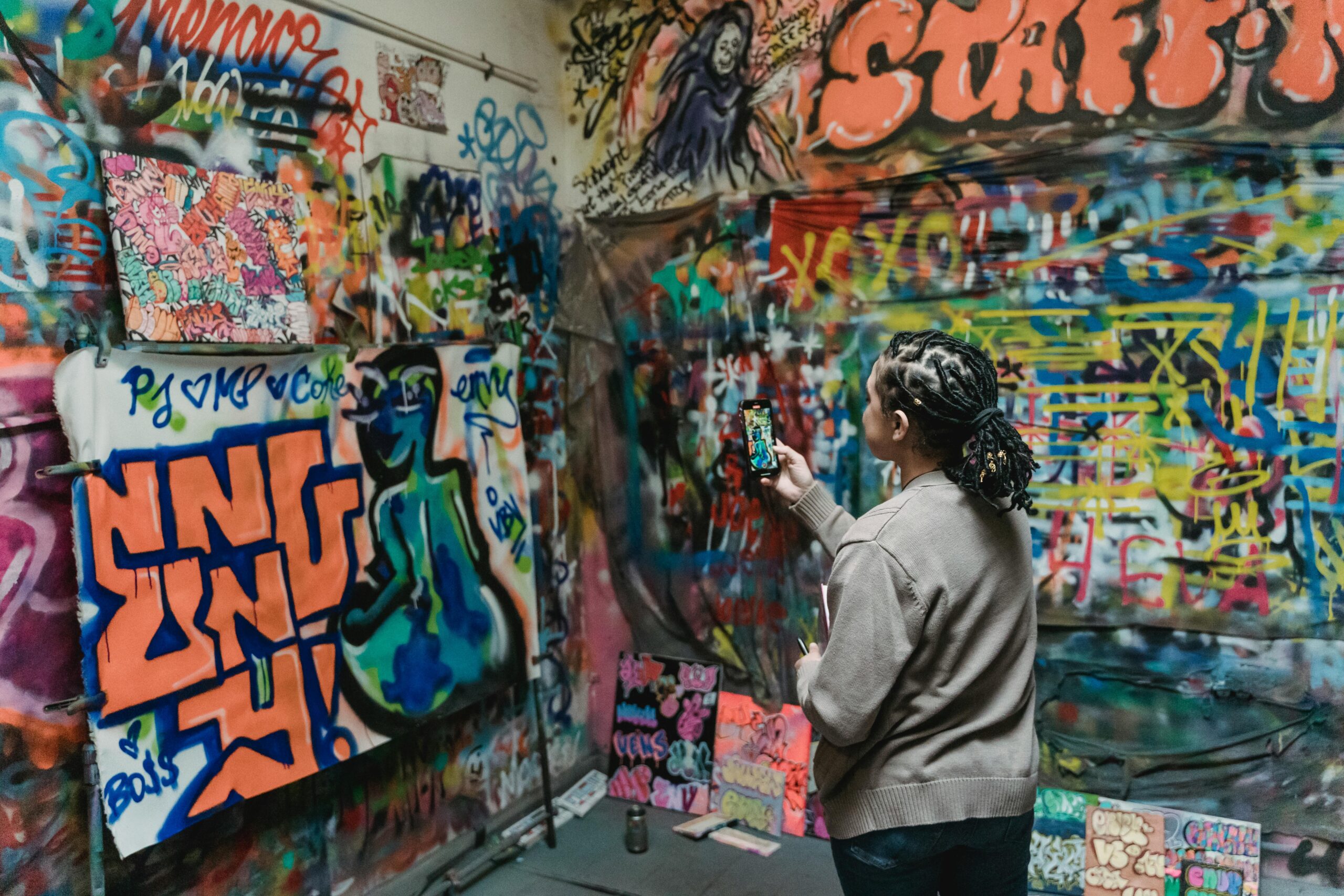The Art of Saying Less in Visual Storytelling
In a world in which content is countless and interest spans are brief, the strength of visible storytelling doesn’t come from how lots you display—it comes from how little. The art of saying less is set trusting your visuals to do the speaking, permitting emotion and creativeness to fill the gaps. This approach to storytelling, when carried out efficiently, can make your narrative greater immersive, more emotional, and greater memorable than phrases ever could.
Why Less Truly Is More
Minimalism in storytelling isn’t always simply a classy desire—it’s a story approach. By stripping right down to simplest what is important, creators invite the target market to participate. It’s the silent look between characters, the lingering shot on an empty hallway, or the fading echo of footsteps that talk louder than exposition ever may want to. These subtle cues tap into the audience’s emotions, encouraging interpretation as opposed to explanation.
We are naturally attracted to stories that admire our intelligence. Over-explaining, whether via speak or visuals, often distances the viewer. On the alternative hand, minimum storytelling lets in for ambiguity and depth, letting that means unfold slowly. That area invitations curiosity, and curiosity continues viewers engaged.
Visual Simplicity Builds Emotional Depth
Think of some of the most effective scenes in movie, photography, or advertising. Often, the digital camera lingers on a face in silence, a shadow, a hand letting go. These quiet moments allow for a deeper emotional resonance. In Pixar’s Up, the hole montage showing Carl and Ellie’s life collectively incorporates slightly any phrases, yet conveys love, loss, and the passage of time with stunning emotional readability. That’s the power of visible minimalism—it compresses a international of that means right into a unmarried moment.
In branding and design, the equal precept applies. Logos like Apple or Nike are iconic due to their simplicity. They don’t give an explanation for, they propose. In visible storytelling, suggestion is a superpower. It opens up greater than it closes down.
Show, Don’t Tell—And Then Show Even Less
“Show, don’t tell” is a golden rule in storytelling. But within the visual domain, we are able to cross even similarly: display much less. Instead of a detailed narrative arc, provide fragments. Instead of displaying the whole lot, permit elements fall just out of doors the body. This not most effective builds thriller—it elevates the target market’s engagement.
A incredible instance comes from the films of Wong Kar-wai. In In the Mood for Love, maximum of the story is instructed via diffused gestures and framing. The characters not often speak approximately their feelings immediately. Instead, their glances, frame language, and the manner they circulate within restricted spaces do the emotional heavy lifting. The silence, the visual poetry, creates greater intimacy than talk ever may want to.
Composition as Communication
How you body a shot or design a format speaks volumes. In visual storytelling, composition is language. Every detail inside the body contains weight: space, mild, shadow, symmetry, colour, and location. The decision to depart something out is simply as crucial as what you install.
Negative space, for example, can bring isolation, emptiness, or contemplation. A close-up can advise emotional depth with out a single phrase. Color grading can imply tone—warm temperature, coldness, nostalgia, or anxiety. These visible cues pass logical interpretation and pass straight to the emotional core.
Photographers and administrators like Steve McCurry or Andrei Tarkovsky used visual restraint to attract attention to human emotion. Every shot is planned. Nothing is wasted. Every empty corner or subtle evaluation will become a person within the story.
Silence as a Storytelling Tool
Silence isn’t vacancy. In truth, in visual storytelling, silence may be louder than sound. It creates anxiety, invites reflection, and builds anticipation. Used well, silence permits the target audience to listen themselves inside the story, to find their very own which means.
Alfred Hitchcock become a grasp of this. In many of his thrillers, silence builds dread more efficiently than a score. The absence of discussion or track makes the viewer lean in, heightening emotional investment.
The same principle applies to visuals. Sometimes the most dramatic second is the one you don’t show. Cutting away simply earlier than the climax, lingering on a still frame, or showing the aftermath in place of the occasion itself—a majority of these techniques increase effect thru proposal.
Less Detail = More Universal Appeal
Another benefit of pronouncing much less visually is that it makes your message more everyday. By fending off overly precise imagery or text, you depart room for broader interpretation. This permits viewers from unique backgrounds to carry their own which means and feelings to the tale.
For instance, Studio Ghibli’s Spirited Away uses particularly symbolic imagery and minimum exposition to create a global that feels personal to every viewer. By now not spelling the entirety out, the tale will become a canvas for creativeness.
In advertising, the identical common sense applies. Ads which are overly specific or literal tend to restrict their attain. Campaigns that leave space—emotional or visual—have a tendency to generate more private engagement. Think of Nike’s “Just Do It.” It doesn’t explain—it evokes.
Trusting Your Audience
Saying much less is ultimately about trusting your target market. It manner you trust they’re shrewd sufficient to connect the dots, to sense without being instructed what to feel. This agree with deepens the bond among creator and viewer.
When you allow for ambiguity, you invite deeper reflection. That’s why audiences frequently revisit minimalist movies or designs—they see some thing new each time. There’s intensity in the back of the simplicity. Every body is a puzzle, a poem, a portray open to interpretation.
The Technical Side: Tools That Help You Say Less
There also are realistic gear and strategies for minimum visible storytelling:
Lighting: Use shadow and mild to focus on emotion as an alternative of disclosing everything.
Framing: Use near-ups, terrible area, or partial views to awareness attention.
Editing: Let a shot linger, or reduce away quick to create rhythm.
Color grading: Subtly influence emotion without overt symbolism.
Typography and layout: Keep layout easy to emphasise the middle message.
Even in digital design or internet storytelling, restraint leads to higher user enjoy. A minimalist landing page with robust visible hierarchy publications the consumer’s attention greater correctly than one stuffed with records.
When to Say More
Of direction, minimalism isn’t continually the answer. Sometimes, readability demands detail. Context topics. Saying less isn’t approximately withholding that means—it’s approximately focusing it. If a story or product desires rich clarification, supply it—however do so with precision and reason.
Balance is key. Silence, simplicity, and visible financial system are equipment—now not policies. The satisfactory storytellers recognise while to preserve again, and while to let the story spill over.
Final Thoughts: Speak Through the Space
The art of saying less in visible storytelling is about embracing silence, area, and suggestion. It’s approximately letting your visuals breathe and trusting your target market to sense, interpret, and join. In a global saturated with noise, restraint is not just fresh—it’s revolutionary.
When you research to mention much less, what you do say starts offevolved to remember more.





